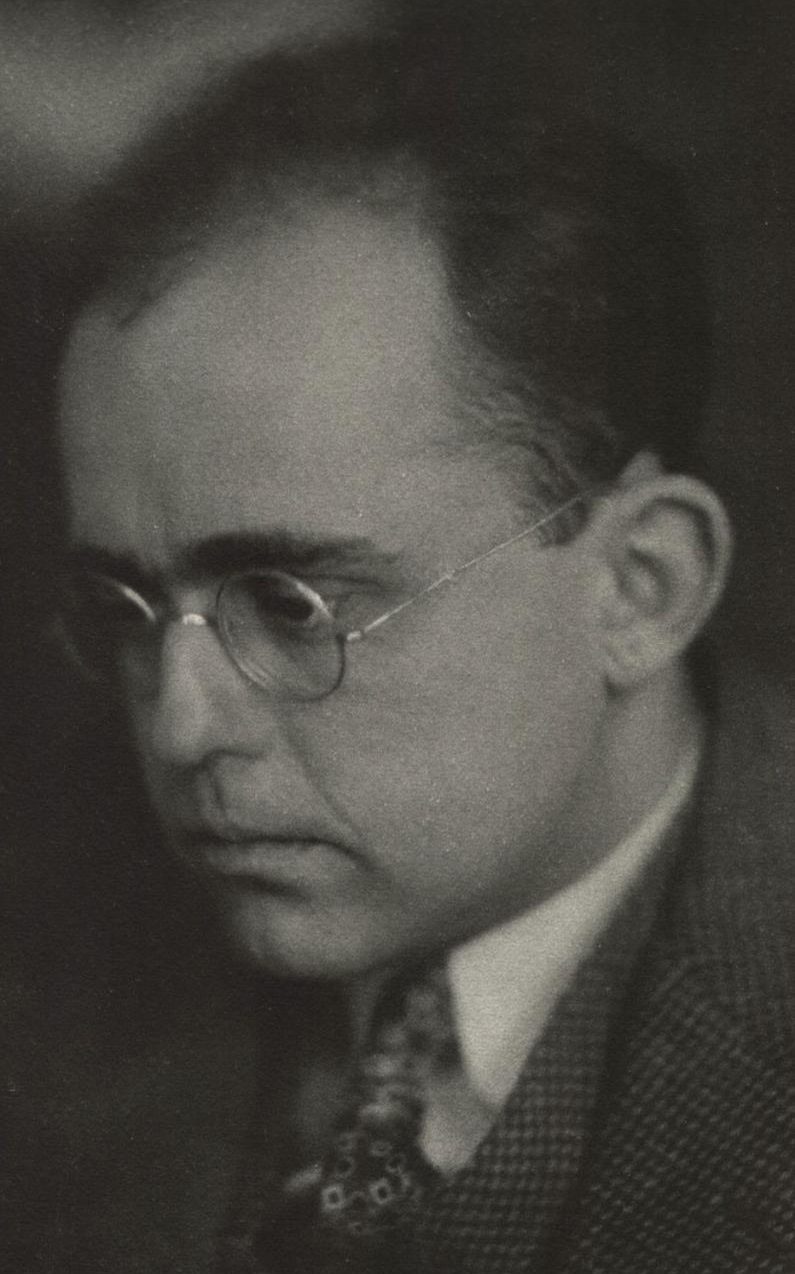Label: looting
Saturday 29th October 2016Real Life or Movie Plot?
The art world never ceases to amaze. This sheer amazement is one of the most appealing aspects of the entire business, one that more than makes up for all the pretentiousness and bad gallery openings.
The Italian mafia has apparently been selling artistic and cultural treasures that have been looted across the Middle East and Africa from Libya to Iraq. They have been purchasing them from Islamist militants including the Islamic State, and have been paying for the stolen treasures with arms.
What's even more incredible is the brazenness with which this process occurs. A journalist posing as an art buyer was able to enter a makeshift showroom (apparently located, surreally, inside a salami factory).
It's stories like this that make one wonder whether or not it's real life or a convoluted and possibly stereotypically-lazy movie plot. Unfortunately, the material damage caused by this kind of looting is not only devastating to the sum of human cultural achievement, but also to the people who are currently living under the rule of terror.
Italian Interior Minister Angelino Alfano is deeply concerned by the discoveries, which have been known to authorities for some time before they could be rooted out. “We have studied the ‘GDP of terror’ and we know that one of the components is the commercialization of stolen art. The stolen artifacts feed ISIS and contribute to the GDP of terror.”
This kind of looting isn't limited to trade with the Italian mafia, however, as we've discussed here on Gallereo in the past. Russian ambassador to the United Nations Vitaly Churkin recently spoke to the UN Security Council on the issue. “Around 100,000 cultural objects of global importance, including 4,500 archaeological sites are under the control of the Islamic State in Syria and Iraq. The profit derived by the Islamists from the illicit trade in antiquities and archaeological treasures is estimated at US$150-200 million per year.”
According to journalist and author Luca Nannipieri, much of the art that is acquired this way becomes effectively laundered through various intermediaries and then winds up in legitimate collections in universities and museums around the world.
As a result of his work chasing the threads of this convoluted world, he has an understandably rather grim take on things. "It is said that beauty will save the world. That is false. Beauty and art are often the reason for murders, destruction, oppression, and devastation.”
A depressing thought, and one that will hopefully be proven wrong as the next chapter of the world unfolds before us.
Posted on October 29th 2016 on 07:18pm
0 Comments
Wednesday 27th April 2016Nazi Art Stash Finally Going On Display

Whether or not you read about it here, you may remember the story from a year or so ago about a huge stash of paintings that were discovered in Germany. The owner of the property where they were found, Cornelius Gurlitt, was the son of now-deceased art dealer Hildebrand Gurlitt who was active during the Second World War.
The collection contained a huge number of pieces which were looted by the Nazis during this horrific time, including works by the European master painters Renoir, Picasso and Monet, among many others.
Once the pieces were discovered, there was a huge conflict about their provenance and Gurlitt refused to cooperate with authorities, which lead to the seizure of the entire collection. Some may have been rightfully his, but many pieces were suspected of being looted from Jewish owners, either taken by force or "sold" for a fraction of their real value.
After Gurlitt eventually agreed to cooperate to discover the true provenance of the works in 2014, he died suddenly a month later and ostensibly left the entire collection of work to the Bern Fine Arts Museum. They eventually reached an agreement with German authorities to accept the works that were clearly the rightful property of Gurlitt, and they will be going on display shortly.
The other works that have dubious or contested ownership will be investigated by German authorities as they try to determine the rightful owners of the works. In the meantime, they will be available on display as part of an exhibit in Bonn.
The two museums issued a joint statement about the exhibit:
“The exhibitions at the Art and Exhibition Hall in Bonn and at the Fine Arts Musuem in Bern are planned for winter 2016/17 and their content will be coordinated.
“The exhibition at the Art and Exhibition Hall in Bonn will deal more specifically with the history of the collection, and it is hoped it will contribute to further investigation of the provenance of the works.
“It will also focus on the fates of persecuted art collectors and their collections.”
That last part seems a bit dubious, although it turns out that only 5 of the works in Gurlitt's collection have proven to be looted - so far. Two of those have since been returned to their rightful owners.
Posted on April 27th 2016 on 04:23pm
0 Comments
Friday 04th December 2015The Real Costs of Looting Antiquities
It's virtually impossible to turn on the news lately without hearing of some new atrocity perpetrated by the Islamic State. Even here in the art world, we can't seem to escape it, as cultural treasures are looted and sold off to the highest bidder. In spite of all the news coverage and the combined attention of the world's intelligence communities, one of the biggest mysteries about the Islamic State are their sources of funding. While the geographical area they occupy is rich in oil, which provides a large portion of their capital, the area is also culturally rich. Brutal irony aside, there are vast numbers of cultural treasures in museums, universities and shrines throughout the area, and despite the outbreak of war there is still a black market for these rare and valuable objects.
Some sources estimate that the total amount of money generated for the Islamic State by these types of sales numbers in the hundreds of millions, a truly staggering amount of money that is being directly used to finance violence and oppression. The United States, which maintains no diplomatic links with Syria, is having a very hard time cracking down on this particular type of black market smuggling, but the US Congress is finally debating a new set of rules that would tackle this major issue - obviously, only within the United States, but it's a good start.
Speaking to CBS news, assistant district attorney Matthew Bogdanos explained the situation quite clearly. "In a surprisingly small number of steps, you can go from the looter in ISIS-controlled territory to the smuggler who gets it out of the country ... to a gallery owner who provides forged documentation ... and ultimately getting a buyer making its way to the four destination points of New York, London, Paris and Tokyo."
When an incredibly rare piece of art comes on the market, it's no surprise that buyers appear in droves to snap up every piece, but the real surprise comes down to provenance. Collectors are always wary of forgery and counterfeiting, which means that the provenance of an object is particularly essential to its value - which leaves two basic options. Either the pieces are purchased without valid provenance, or the buyer knows and doesn't care where the piece originated. Either way, it's essential that SOME steps are taken to prevent the avaricious collector from financing terrorism, whether inadvertently or unconcernedly. Nothing is worth that kind of price.
Posted on December 04th 2015 on 04:23pm
0 Comments
 The art world never ceases to amaze. This sheer amazement is one of the most appealing aspects of the entire business, one that more than makes up for all the pretentiousness and bad gallery openings.
The art world never ceases to amaze. This sheer amazement is one of the most appealing aspects of the entire business, one that more than makes up for all the pretentiousness and bad gallery openings. Whether or not you read about it here, you may remember the story from a year or so ago about a huge stash of paintings that were discovered in Germany. The owner of the property where they were found, Cornelius Gurlitt, was the son of now-deceased art dealer Hildebrand Gurlitt who was active during the Second World War.
Whether or not you read about it here, you may remember the story from a year or so ago about a huge stash of paintings that were discovered in Germany. The owner of the property where they were found, Cornelius Gurlitt, was the son of now-deceased art dealer Hildebrand Gurlitt who was active during the Second World War. It's virtually impossible to turn on the news lately without hearing of some new atrocity perpetrated by the Islamic State. Even here in the art world, we can't seem to escape it, as cultural treasures are looted and sold off to the highest bidder. In spite of all the news coverage and the combined attention of the world's intelligence communities, one of the biggest mysteries about the Islamic State are their sources of funding. While the geographical area they occupy is rich in oil, which provides a large portion of their capital, the area is also culturally rich. Brutal irony aside, there are vast numbers of cultural treasures in museums, universities and shrines throughout the area, and despite the outbreak of war there is still a black market for these rare and valuable objects.
It's virtually impossible to turn on the news lately without hearing of some new atrocity perpetrated by the Islamic State. Even here in the art world, we can't seem to escape it, as cultural treasures are looted and sold off to the highest bidder. In spite of all the news coverage and the combined attention of the world's intelligence communities, one of the biggest mysteries about the Islamic State are their sources of funding. While the geographical area they occupy is rich in oil, which provides a large portion of their capital, the area is also culturally rich. Brutal irony aside, there are vast numbers of cultural treasures in museums, universities and shrines throughout the area, and despite the outbreak of war there is still a black market for these rare and valuable objects.



